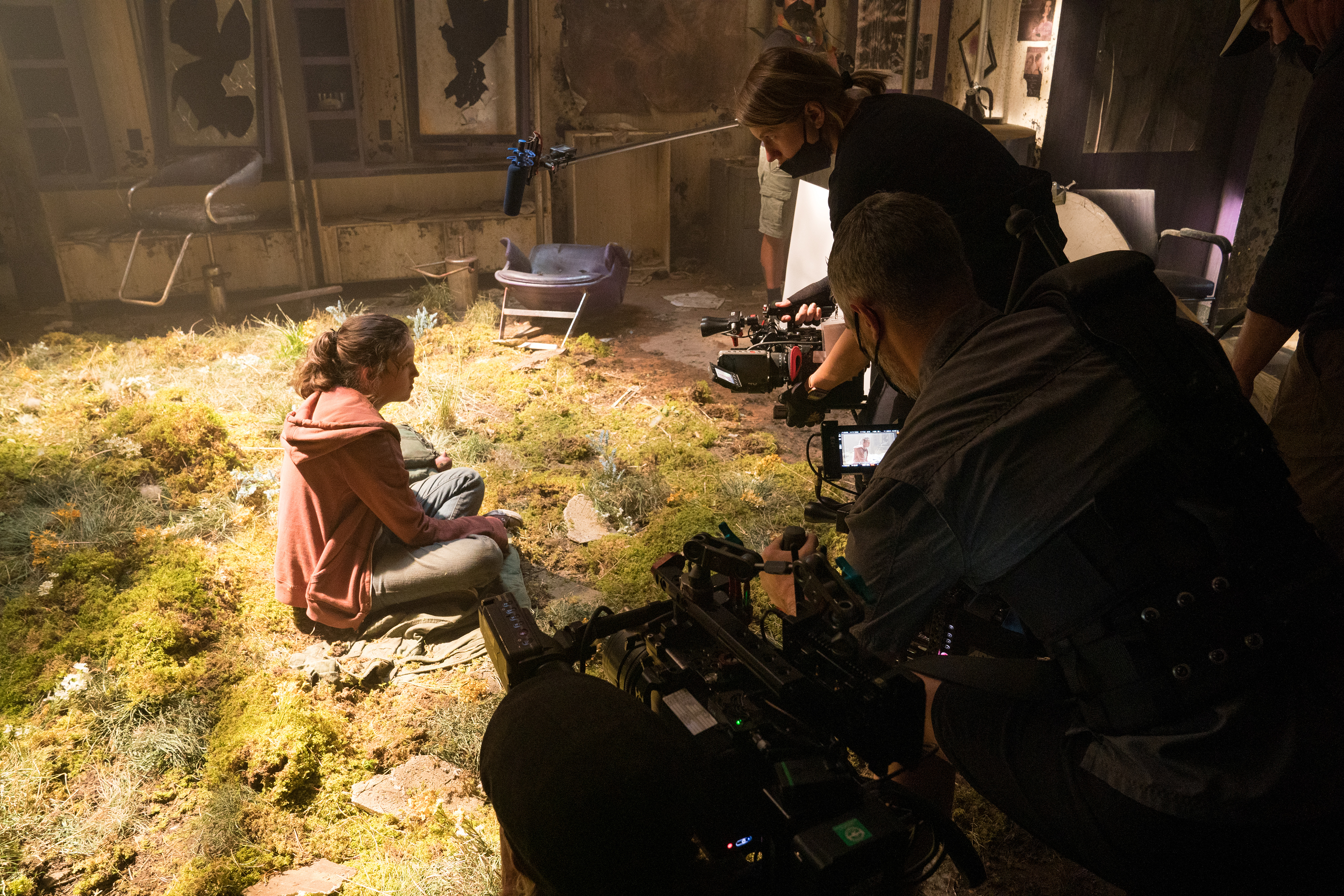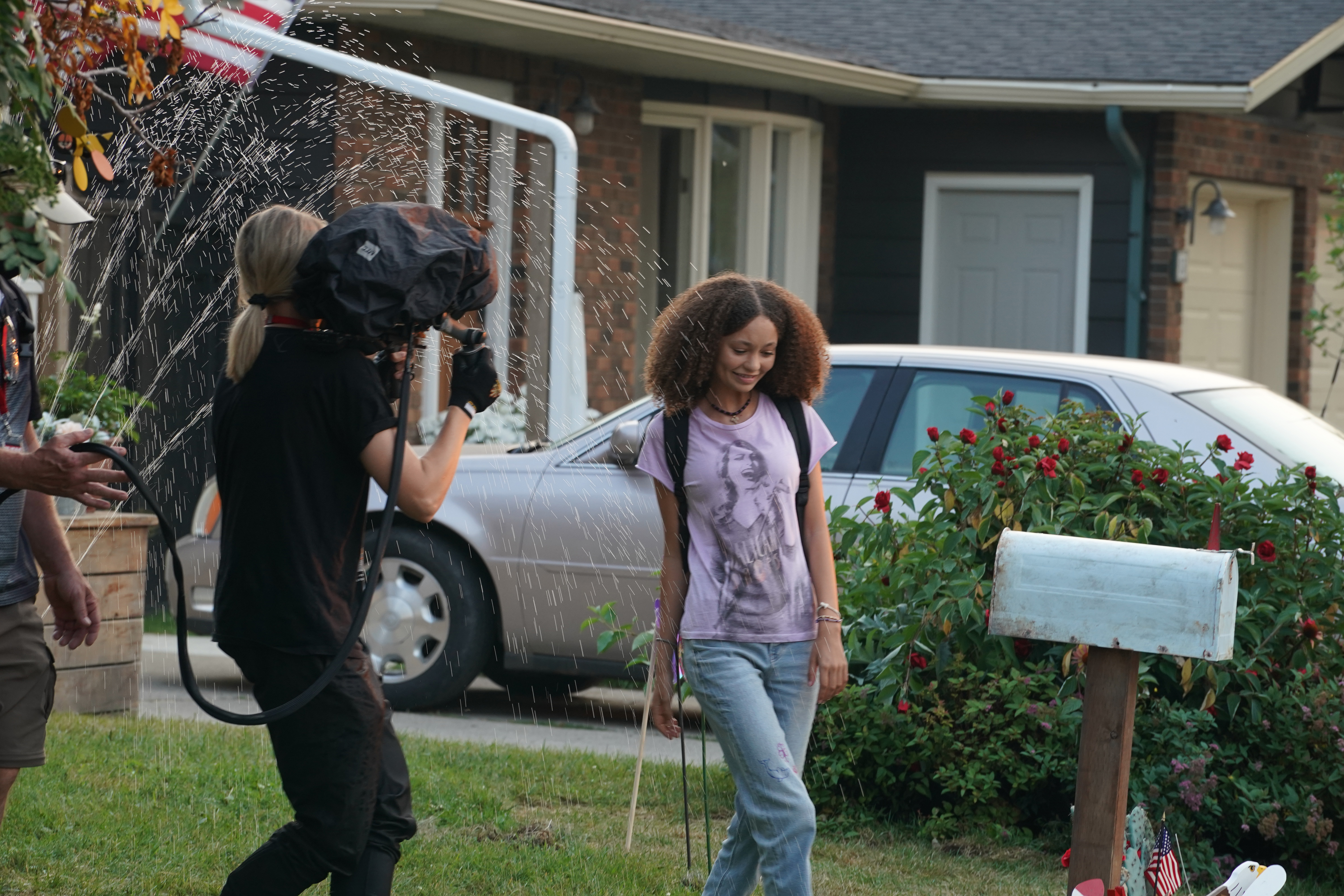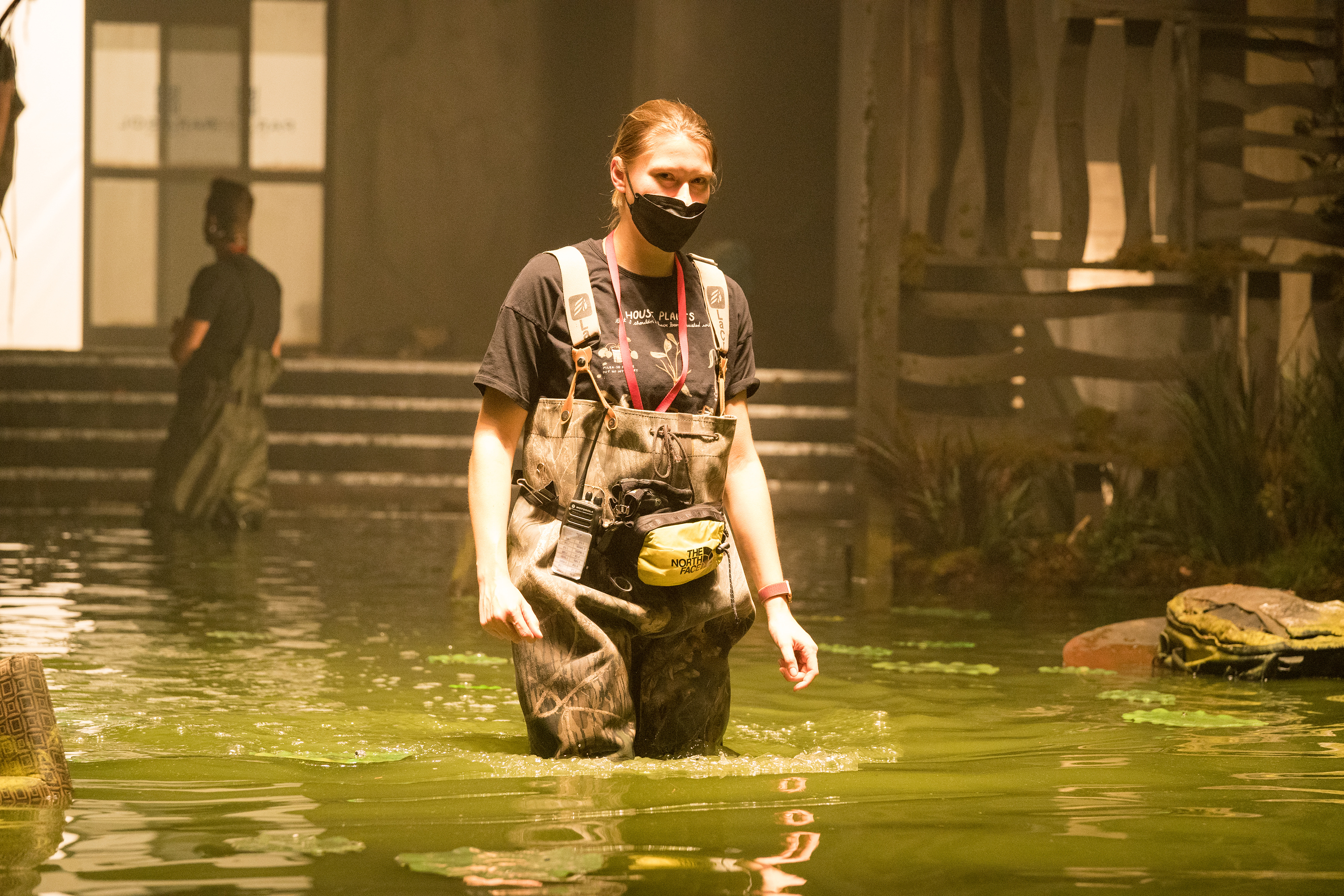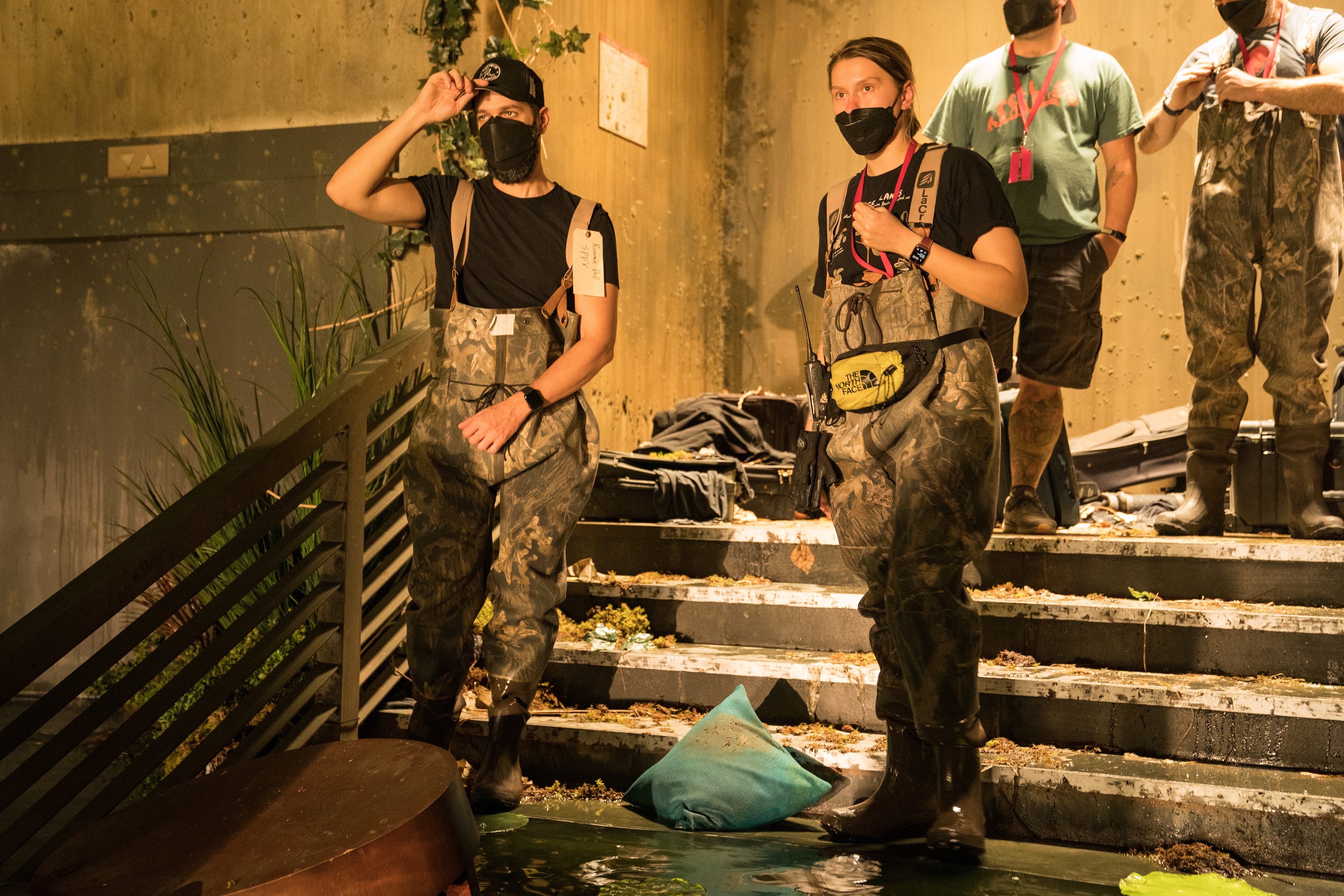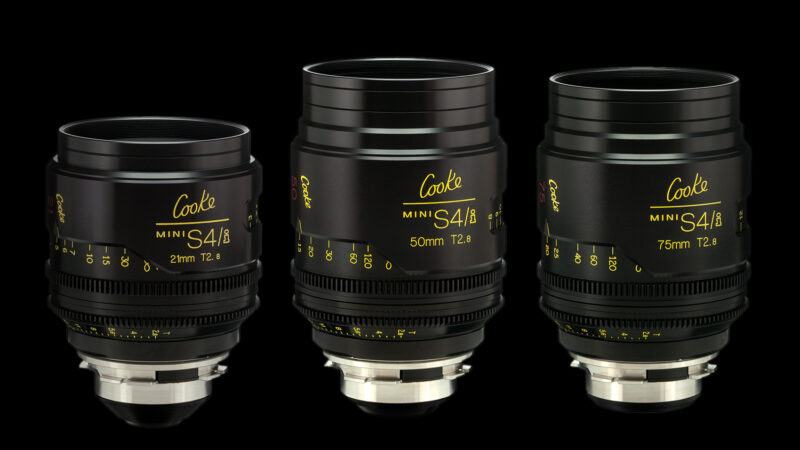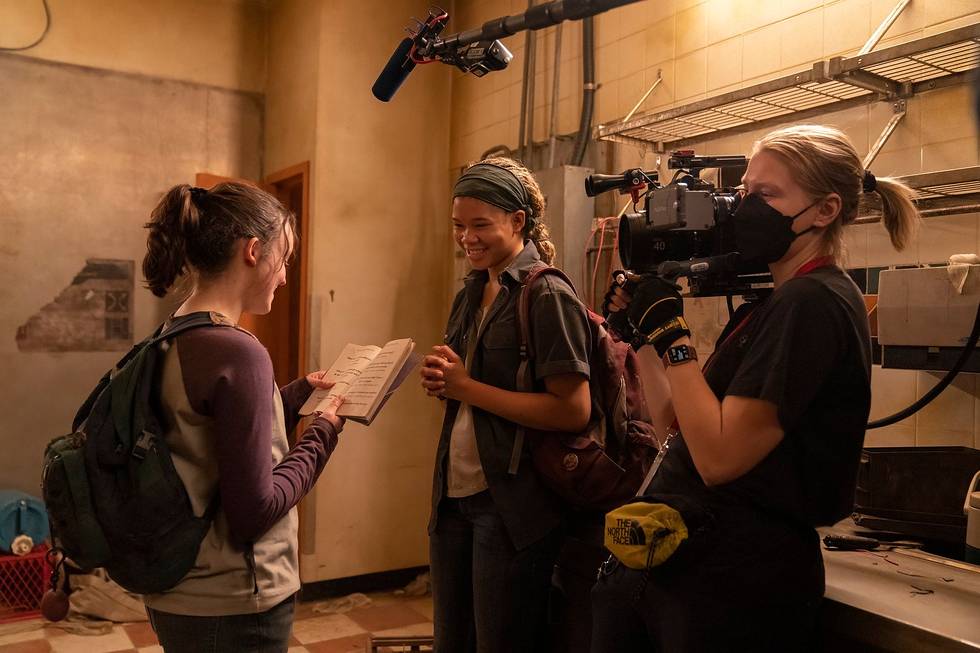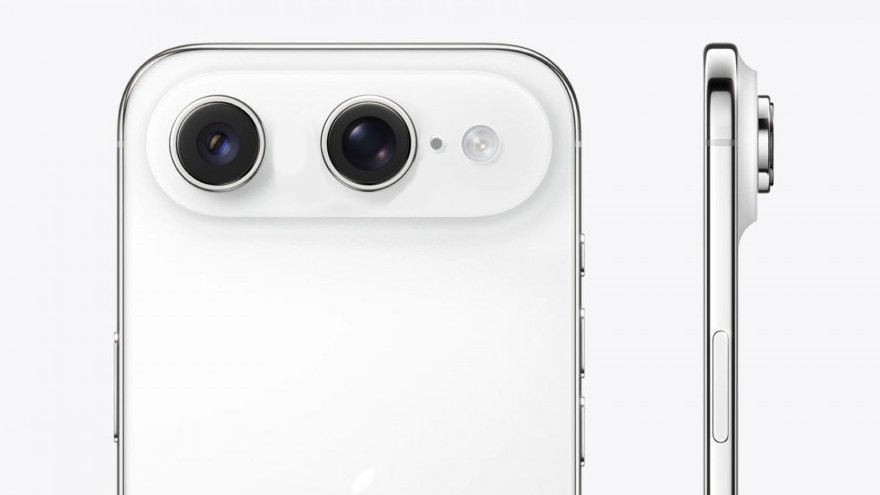The Last of Us: see the stunning camera lenses used on the HBO series
These Academy Award-wining lenses have been used widely across the industry, including to shoot The Last of Us series
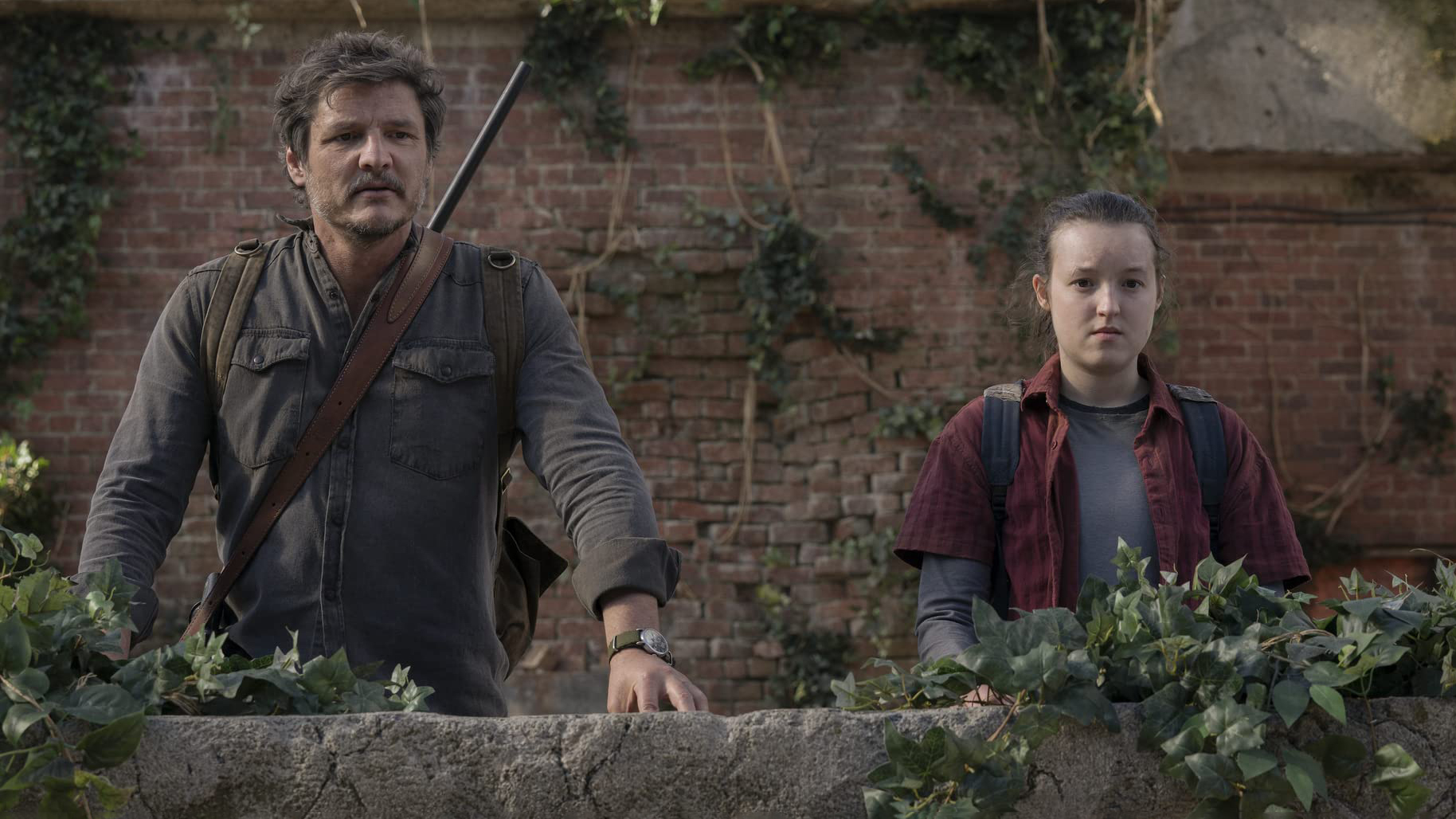
Productions all over the world have been shot using the Cooke S4/i lenses, but the latest addition to the showreel includes HBO Max's highly popular adaptation of The Last of Us PlayStation videogame franchise created by developers, Naughty Dog.
With the first series (or part one, as the game format suggests) now concluded, Cooke Optics has provided a closer behind-the-scenes look at how its S4/i range of spherical prime lenses was the tool of choice for cinematographer, Ksenia Sereda, to bring the action of the game to life.
• These are the best anamorphic lenses for filmmakers
The Last of Us series is set in a post-apocalyptic landscape where the world has been overrun by people infected by cordyceps – now in a cannibalistic and zombie-like state, and some much worse than others, known as bloaters and clickers. These infected folk are pretty terrifying both in live-action and when playing the virtual game (especially when using a headset and sitting in the dark).
The series has been brought to life in what is a cinematic masterpiece with credit to all involved, which has left fans of the Naughty Dog franchise in very emotional states each week as the episodes aired one by one.
Chemistry displayed between lead actors Pedro Pascal and Bella Ramsey, who play protagonists Joel and Ellie, is shown not only in their stellar performances but also through the phenomenal technology and recording equipment used by the videographers, which included an array of prime S4/i lenses by Cooke Optics.
The Cooke S4/i series of lenses are fully comprehensive, including a lineup of 18 matched focal lengths, and are designed to provide the maximum quality and performance when used at a full aperture, and boasting as Cooke describes 'superior control' over flares and distortion, plus spherical aberration.
The best camera deals, reviews, product advice, and unmissable photography news, direct to your inbox!
The glass was paired with the Arri Alexa Mini camera - one of the best Netflix-approved cameras - to create the show's most captivating and intense scenes and were continued to be used by multiple cinematographers during the show's production across multiple episodes.
Cinematographer and Director of Photography for The Last of Us, Ksenia Sereda, worked closely with Neil Druckmann, the writer of the original game, on episodes one, two, and eight of the series - and has insightfully shared that:
“I wanted to keep close-ups on the normal side and not go too long or wide with lenses because, working from the character’s perspective on the story, we needed to be able to stay close but at the same time preserve the depth of background."
She continues, "I also wanted to work within the range of 25mm-50mm lenses, so the challenge was: which lens won’t distort faces at 25mm; where can I come with a wide lens on the close-up without being too poppy? Cooke S4/i was an excellent choice for this.”
The new TV series has been praised for the uncanny resemblance to the cut scenes and locations within the virtual game, and side-by-side comparisons of both were shared around online by fans, showing the level of accuracy and attention to detail that had gone into curating the series.
"I played the game for the first time almost four years ago, and I was absolutely fascinated by its cinematic look – I wasn’t ready for how beautiful it was, the lighting was gorgeous. And the most surprising thing was how deeply I connected to the characters in the game.” States Sereda.
"Of course, it was a lot of pressure to translate the video game language into the TV series because it’s already beautiful and everyone, including nearly all of the crew, loved the game.”
Cooke's /i Technology provides vital metadata on specific lens settings for consistency and reproducibility, such as information detailing the focusing distance used, as well as aperture and depth-of-field, hyperfocal distance, serial numbers, owner data, lens types, and focal lengths - in both metric and footage measurements.
Sereda explained that the Cooke prime lenses were perfect in low-light shooting conditions, "We used a blue screen for very specific scenes like night scenes or more controlled environments. The key thing was, even though we used completely different VFX techniques over the show, the lenses and the camera provided complete flexibility in creating every type of visual effect.”
"I love to work without filters too, and on the close-ups, I just could not take my eye off the portraits we could create with the light. The system of light, lens and camera gave a very specific, textured and warm image.” She said.
Have you seen The Last of Us yet? No spoilers, but in our opinion, it's a pretty great adaptation of the game, and so much more than your typical zombie storyline, with an intense emotional focus on the characters and how they adapt to a new world. Be sure to catch it on Now TV, HBO Max in the US, and Sky Atlantic in the UK.
• You might also be interested in the best cine lens for filmmakers, as well as the best cinema cameras, and not forgetting the best diffusion filters and the best lenses for iPhone and Android camera phones.
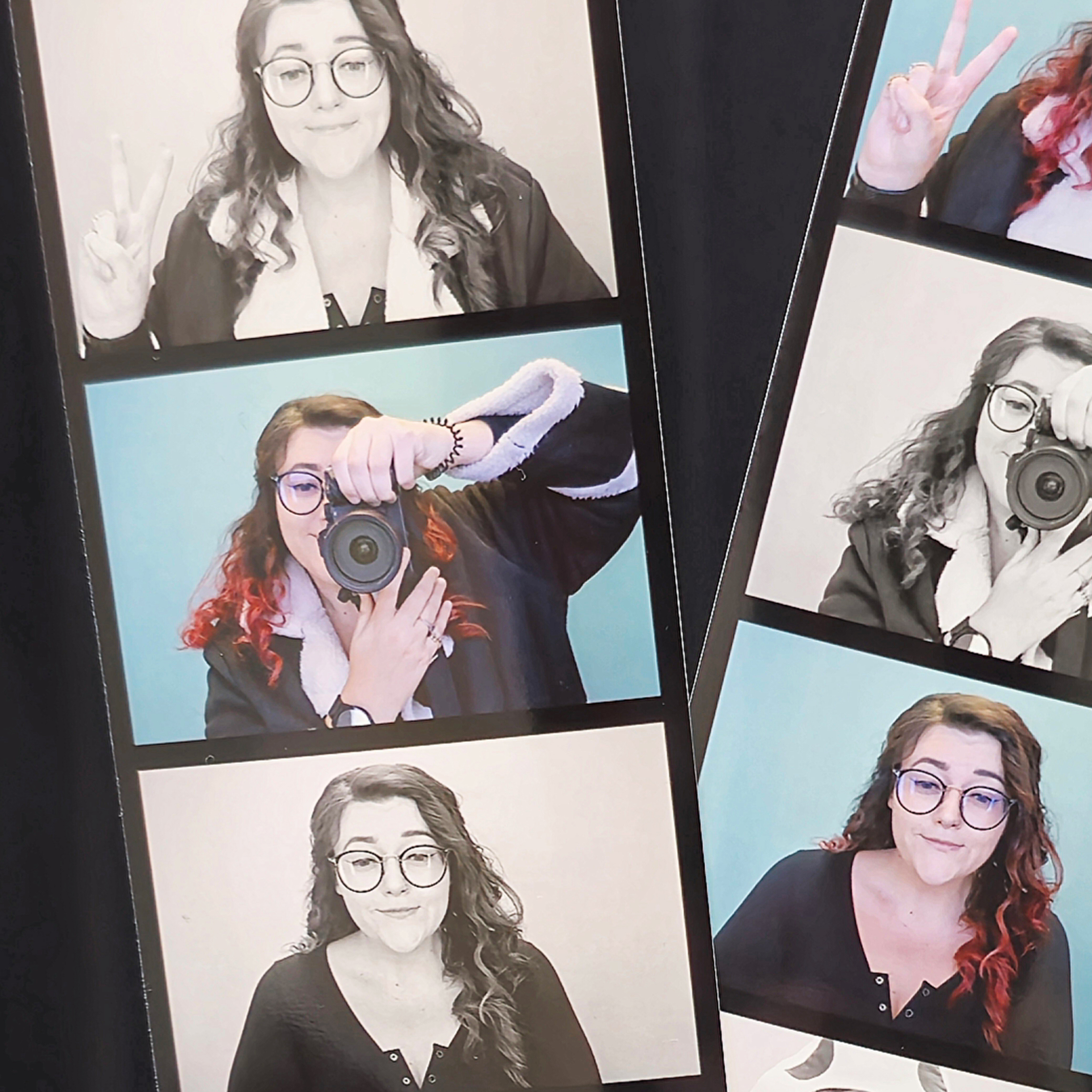
Beth kicked off her journalistic career as a staff writer here at Digital Camera World, but has since moved over to our sister site Creative Bloq, where she covers all things tech, gaming, photography, and 3D printing. With a degree in Music Journalism and a Master's degree in Photography, Beth knows a thing or two about cameras – and you'll most likely find her photographing local gigs under the alias Bethshootsbands. She also dabbles in cosplay photography, bringing comic book fantasies to life, and uses a Canon 5DS and Sony A7III as her go-to setup.

